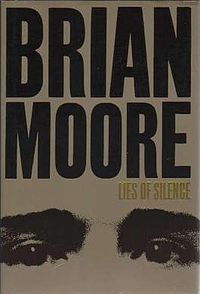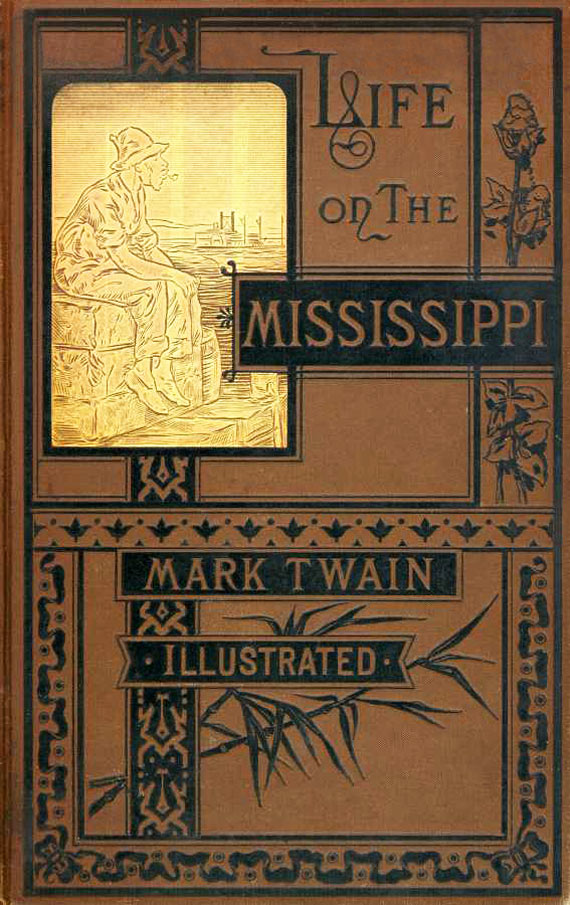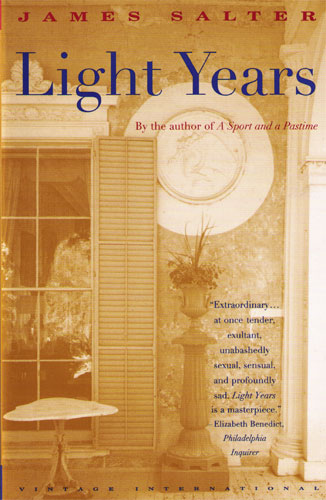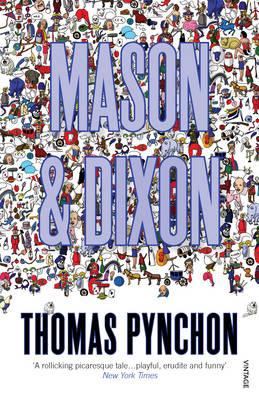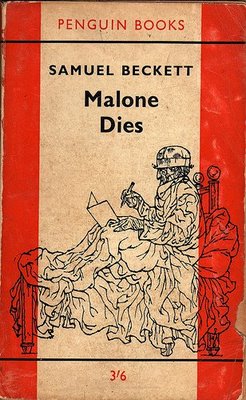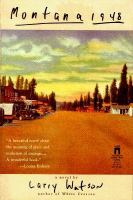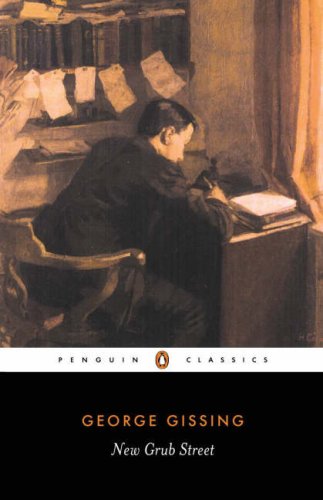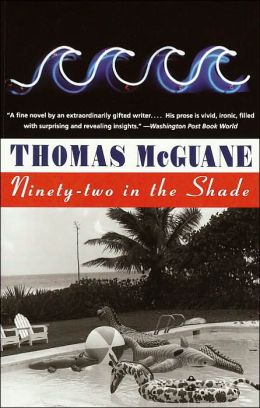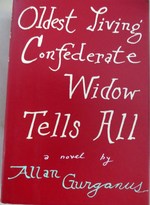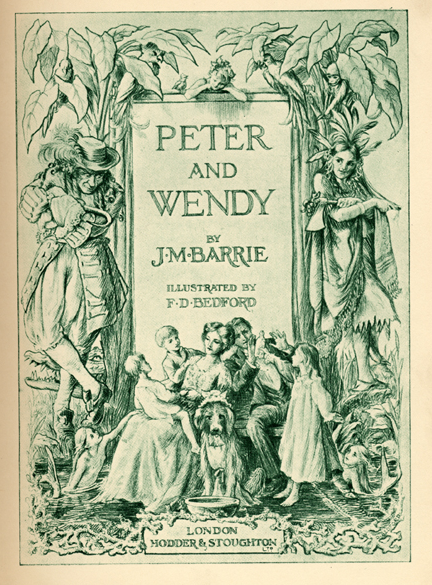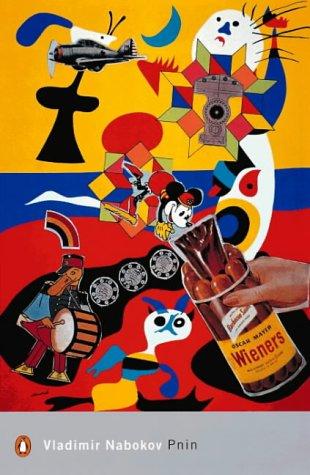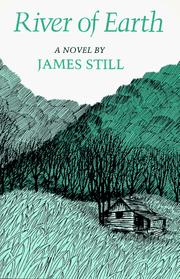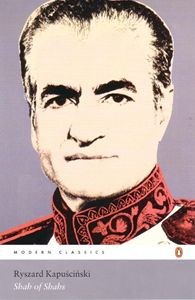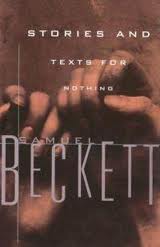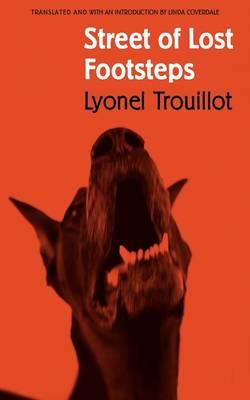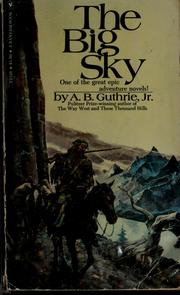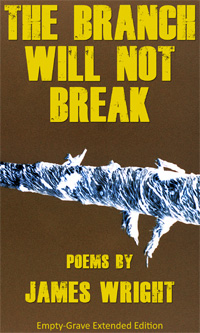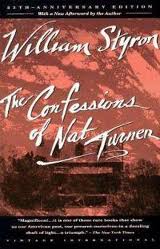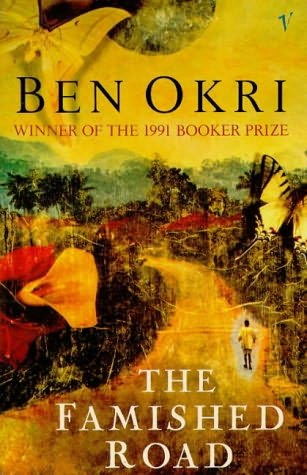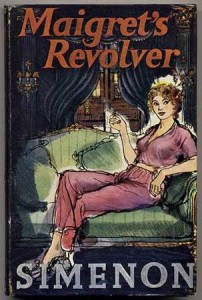 Maigret series of detective novels by Georges Simenon (1903–89).
Maigret series of detective novels by Georges Simenon (1903–89).
Appreciation of Georges Simenon’s Maigret Detective Novels by Iain Pears
The Maigret series of detective stories, written by the Belgian Georges Simenon, are part of that rare breed of books—the mass-market entertainment that also works as great literature. Simenon is the master of atmosphere; with the lightest of touches he is able to conjure up Paris in the 1940s and 1950s, a seedy, largely poor city of shabby concierges and downtrodden traveling salesmen, of cheap hotels and squalid nightclubs, of hissing steam radiators and grubby shirt collars.
Much of the narrative is liquor soaked—Maigret begins drinking after breakfast, interviews witnesses over brandy, and suspects over beer. Only rarely is a case concluded by unraveling clues; these are not whodunits. Rather, they are studies in character, of place, and of people. Simenon would have been a brilliant analyst. As often as not, the books end when Maigret (and through him, the reader) so understands the criminal that the suspect confesses all. Indeed, the reader is usually left sympathizing with the criminal, whose crime is reacting to limited choices and desperate circumstances.
The books are so compressed they could almost be short stories, but Simenon populates them with an extraordinary range of characters—the overweight, perpetually sweating Maigret, his eternally patient wife (more acute, in many ways, than her husband), his juniors, and the gallery of pimps and prostitutes, petty criminals, shopkeepers, bartenders, small tradesmen, and canal barge pilots who make up his world. There is no reveling in the grime of the underworld; most of the characters dream of better things and live a life of disappointment. Out of their lives, Simenon created some of the most enduring and compelling works of the twentieth century.
Total Points: 3 (IP 3)
 Jazz by Toni Morrison (1992). In the winter of 1926, when everybody everywhere sees nothing but good things ahead, Joe Trace, middle-aged door-to-door salesman of Cleopatra beauty products, shoots his teenage lover to death. At the funeral, Joe’s wife, Violet, attacks the girl’s corpse. This passionate, profound story of love and obsession brings us back and forth in time, as a narrative is assembled from the emotions, hopes, fears, and deep realities of black urban life.
Jazz by Toni Morrison (1992). In the winter of 1926, when everybody everywhere sees nothing but good things ahead, Joe Trace, middle-aged door-to-door salesman of Cleopatra beauty products, shoots his teenage lover to death. At the funeral, Joe’s wife, Violet, attacks the girl’s corpse. This passionate, profound story of love and obsession brings us back and forth in time, as a narrative is assembled from the emotions, hopes, fears, and deep realities of black urban life.